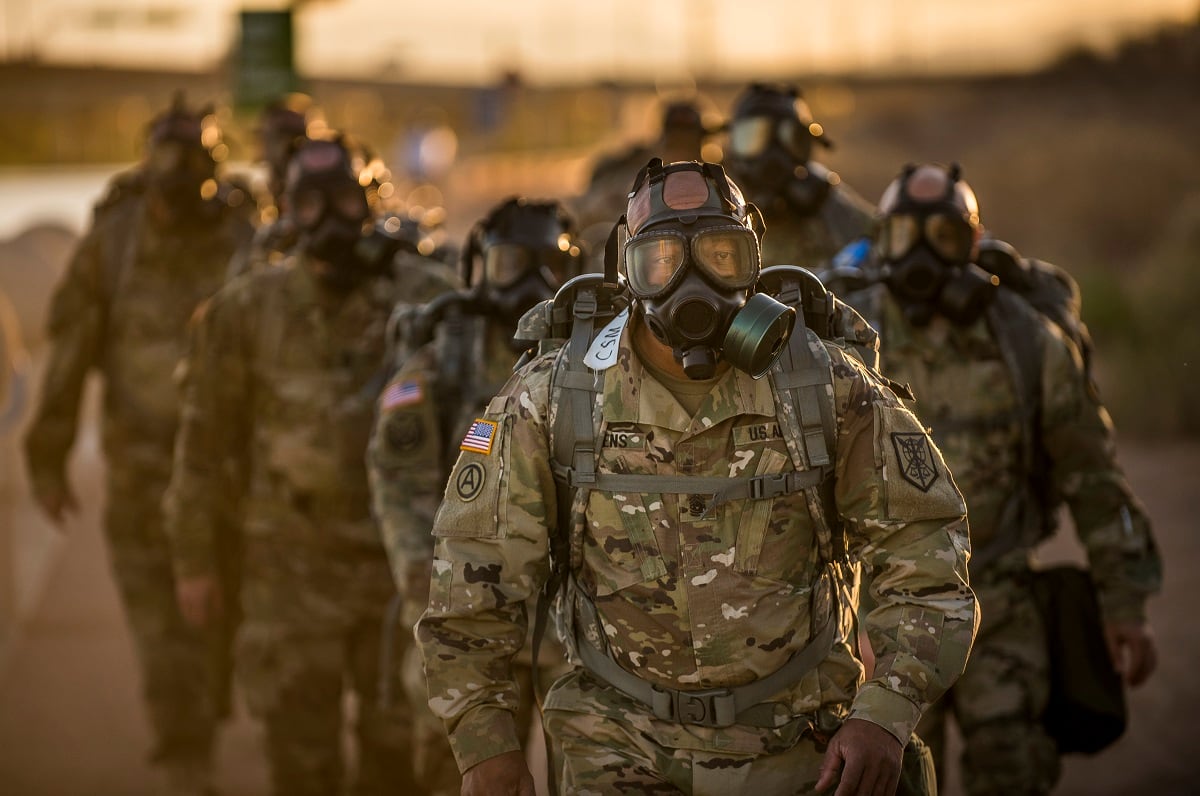The Army released its in-house non-deployable policy on Nov. 13, while touting the progress it’s made in recent years to bring its overall numbers down from 15 percent to about 6 percent of the force today.
According to data obtained by USA Today, the service’s top officers were well represented among those sidelined from serving in contingency operations.
One in five was out of service in 2016, according to data pulled from a June 2017 report on the Army’s general officer corps, at a time when scandals plaguing top leaders in all four services were making headline after headline. The Army is authorized about 230 general officers at any given time.
“As of October 2018, over 93 percent of the total Army ― soldiers of all ranks ― are deployable, while over 97 percent of Army general officers are deployable," Col. Kathleen Turner, an Army spokeswoman, told Army Times on Tuesday.
RELATED

About 80 percent of non-deployables are marked as such for medical reasons. In 2016, according to the USA Today data, 83.5 percent were medically sidelined. Today, Army spokesman Brig. Gen. Omar Jones told USA Today, about 85 percent of non-deployable generals are designated as such for medical reasons, rather than because of legal proceedings or administrative oversights.
“The Army has made substantial gains since October 2016, and the data from that time does not reflect recent improvements in deployability for the Army as a whole and for the general officer corps specifically,” Turner said.

The service has made strides with its overall numbers by, in the past, urging soldiers to get on those routine dental and medical exams, which accounted for so many of those who were considered “short-term" non-deployable.
The Army has also changed the definition of non-deployable, allowing soldiers with lapsed exams or health/injury profiles lasting less than 30 days to be counted toward overall readiness, bringing deployable numbers up significantly.
RELATED

To tackle the issue of longer-term profiles, the service has chopped processing times for the Integrated Disability Evaluation System from 280 to 185 days for active-duty soldiers.
At the same time, according to the report provided to USA Today, the Army began sending generals to an executive health program at Brooke Army Medical Center, on Joint Base San Antonio, Texas, to spend three days getting health assessments ― potentially immediately updating their deployable status ― and taking advantage of support services.
More than 60 have completed the program so far, USA Today reported, and 234 will have completed it by the end of 2019 ― essentially every general in the Army.
Meghann Myers is the Pentagon bureau chief at Military Times. She covers operations, policy, personnel, leadership and other issues affecting service members.





